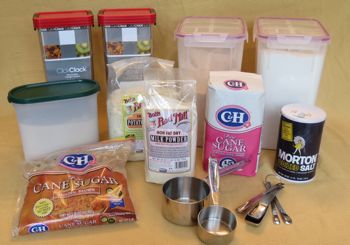*This post accounts for my personal process. I do not know the grief of divorce, abuse, grave (physical, emotional, and mental) illness, or extreme poverty. I can no way speak about these and other forms of your grief. Only Death has visited me personally, and many times from a very young age until the present - father, mother, dear aunts and uncles, in-law parents, grandparents, in-law grandparent, godparent, close cousins and friends...and now husband.
*First, realize that everyone's grief has a different timeline. Do not rush the healing process: You will know when you are ready to rebuild segments of your life more than just the everyday survival issues.
Secondly, prioritize necessities with dreams shared with the deceased individual. For us that was the following:
- Time with God and our growing family
- The integrity of the structure of the house
- The enjoyment of tending our yard (slideshow here)
- Travel, travel, travel and more travel. (Pinterest boards)
What is my list today? Exactly the same! Those items are completely me, and I will keep them as long as I can based upon health and finances....so
Thirdly, evaluate the financial and physical/mental endurance of keeping that list compared to adapting and/or purging items.
I have been extremely blessed to keep my list if I live frugally. My age factored in causes me to push up strenuous travel adventures and house and garden DIY projects to as soon as possible in the next ten years. Controlling finances is a must in all areas. Selling off property may become an important issue in twenty years; however, I do have long term care insurance that will allow me to stay in my home as long as I can. (Have you considered this kind of planning?) Staying here for another twenty-plus years preserving the integrity of a house means fashioning a home that I love. In fact, who knows what the typical HGTV house-seeking family will find to complain about by then? With these life parameters, I was comforted so that...
Maybe now, I can try to determine how to make this grieving house a home again. Here is how I finally began:
In the last post, I said that I discovered Home Stories A to Z and a post called "How to Decorate for the DIYer."
This process is the one that worked for me: "Categorize, Rearrange, Purge my Entire Home; Focus on Each Room as a DIY Project."

This method comes from FieldstoneHillDesign.com,
Darlene Weir, owner and principal designer for Fieldstone Hill Design
Darlene Weir, owner and principal designer for Fieldstone Hill Design
Here is Darlene Weir's great advice: "Take inventory and focus on one room at a time, dream the possibilities, and then take action."
My next post will show how I took this advice and will show my thought process put into action.
















